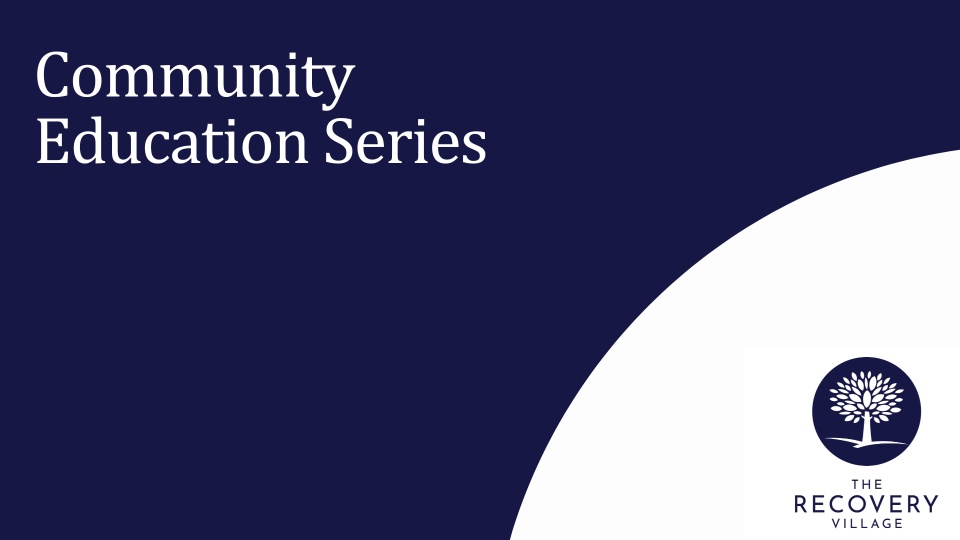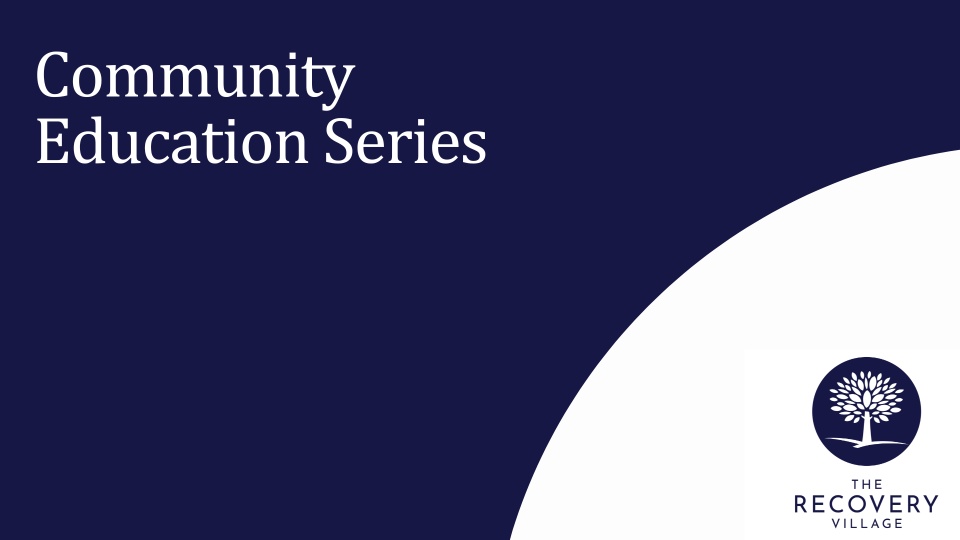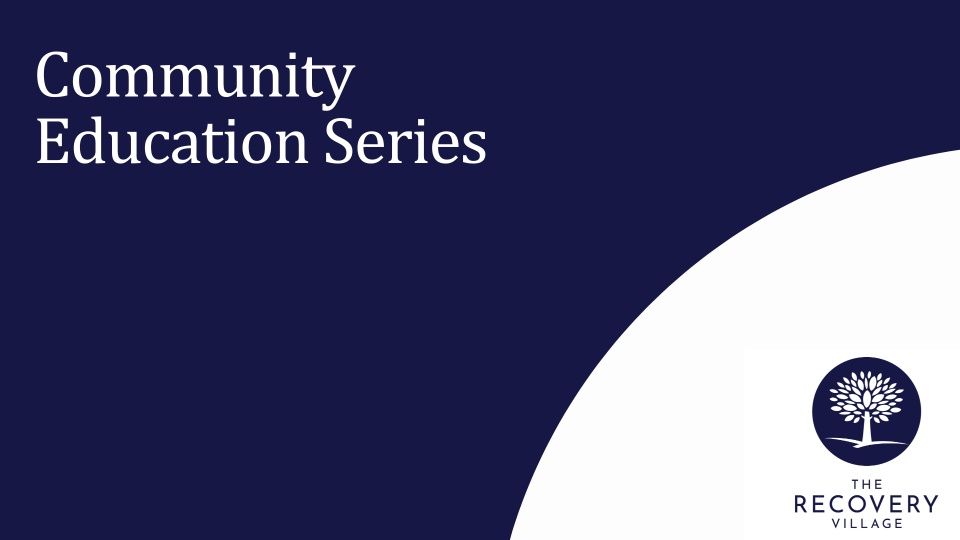Learn how to administer life-saving medication to help prevent death from an opioid overdose. Dr. Denise Josey, the Medical Director of The Recovery Village Palm Beach at Baptist Health, leads this community education webinar.
Narcan 101: How to Save a Life in an Emergency
Estimated watch time: 27 mins
Available credits: none
Objectives and Summary:
In this community education webinar, Dr. Denise Josey, Medical Director at The Recovery Village Palm Beach at Baptist Health, discusses the importance of being prepared to prevent death from an opioid overdose and teaches viewers how to respond and administer life-saving medication.
After watching her presentation, the viewer will be able to:
- Understand the value preventative medicine like Naloxone provides for public health, especially during the COVID-19 pandemic
- Learn how Naloxone works pharmacologically and who should receive it
- Recognize signs of an opioid overdose and how to administer different formulations of Naloxone, including Narcan









